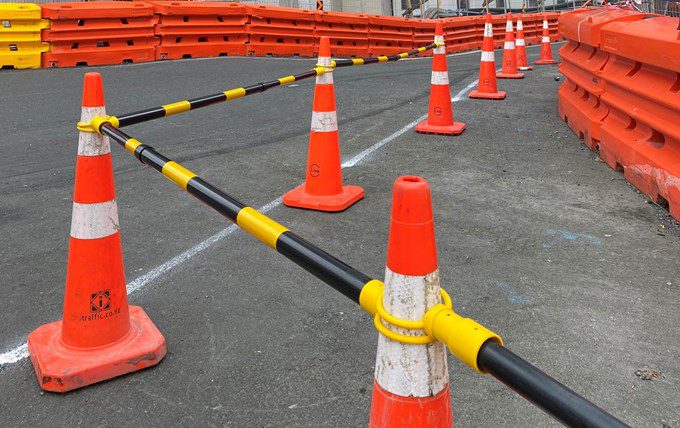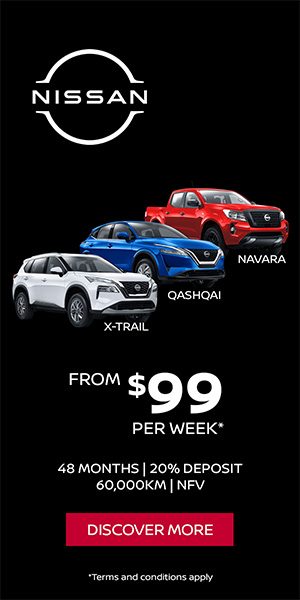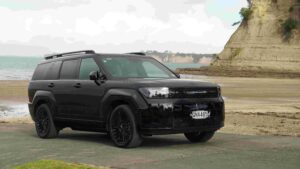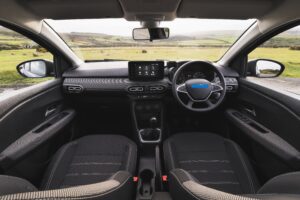An oldie but a goody, this week’s Tarmac Tantrum is about the amount of road cones littered around NZ roads, is orange the new black?
It’s fair to say that NZ has had more than its regular amount of rainfall and slips in current months, and for that I totally understand the fact that certain roads have been hit hard and need to be closed, however, am I alone in thinking that you can barely go a few streets before coming across a pointy orange road cone, and it’s a trend that’s been going on for years!

Paved roads (in some form or other) date back to Roman times and many of these roads still exist today, albeit cobblestone so admittedly not ideal for current times. But equally, I’m pretty sure that bright orange cones were not around back then, as evidently they were NOT NEEDED.
In fact, Traffic cones were first developed in 1943 by Charles Scanlon, and meant to keep cars away from wet paint, I bet that Chucky himself would be bemused at what they have gone on to be used for – and in what quantity.
According to one source, there are (unofficially) 1 million road cones in use around NZ at any given time, and I can quite believe that, I come across them more and more each day.
So the big question is, why can’t we fix our roads quicker &/or why don’t the roads last (I feel certain they lasted longer when I was a kid).

Waka Kotahi say that there are three main types of surface used on New Zealand’s roads and highways: asphalt, chip-seal and unsealed surfaces. Asphalt provides good overall grip, but has reduced skid resistance when it is wet. This means you should slow down and take extra care when driving on asphalt in wet weather.
Worn chip-seal has reduced skid resistance, so be alert for smooth patches as you drive. Slow down on newly laid chip-seal. There may be patches of loose chips, which can increase your risk of skidding. Loose chips can also be thrown up when vehicles drive over them, which could break your windscreen.
Unsealed surfaces such as gravel can move under wheels. They offer very low skid resistances. Loose stones may also be thrown up by vehicles. You need to drive very carefully on unsealed roads. Adjust your speed to suit the conditions.
But delving further into the sealed stuff, we have been using more and more ‘thin asphalt’ on our roads of late (rather than more heavy-duty structural asphalt) and in turn this has a shorter lifespan – so cheaper but needs to be re-done sooner, as opposed to doing it better/stronger first time.
Overseas, there has been a greater use of the more durable (35-year) concrete roads, and yet, NZ has for some reason decided to avoid this road surface, I guess cones are cheaper?
Admittedly, I am no infrastructure guru, but I am of the opinion that ‘do it once and do it right’ is often the best way to go, and every time I wait at temporary traffic lights or have to merge into one lane traffic, I’m reminded of just how much doing things cheaply costs.

And I’ll leave you with one last thought, those pesky orange cones that litter our roads, or find their way into our ditches and rivers have a price on their heads too, apparently over $25 each, which then equates to a bill of over $20 million per year – so please be kind, try to avoid running over them!










